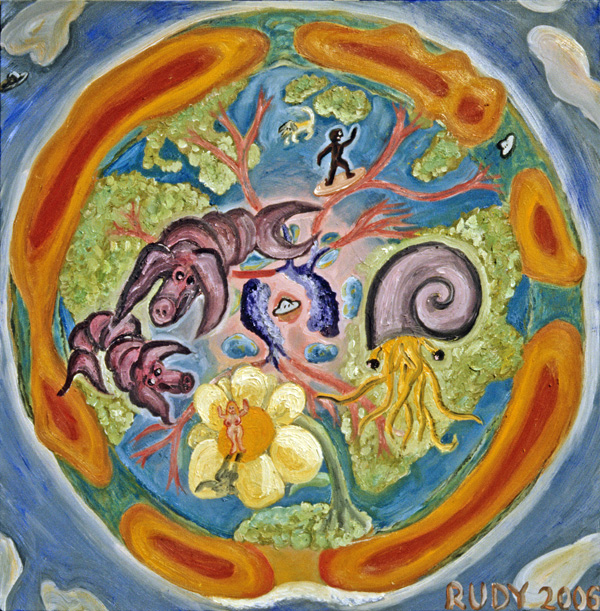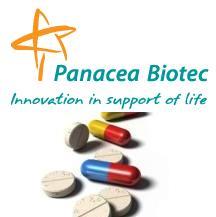10.Whole-body Transplant
A whole-body transplant or brain transplant is a hypothetical operation that would move the brain of one being into the body of another. It is a procedure distinct from head transplant, which involves transferring the entire head to a new body, as opposed to the brain only. Theoretically, a person with advanced organ failure could be given a new and functional body while keeping their own personality and memories. Although many scientists have challenged the feasibility of this process, few would say that it was not possible given current research into organ transplant and human cloning. Some bioethicists argue that there are difficult moral problems involved in either harvesting a brain-dead body, especially one deliberately created using human cloning, or otherwise acquiring a body (say, of a criminal due to be executed for a crime, or an individual who is not dead but is soon to die of a brain-based illness). Though not feasible at current levels of technology and scientific understanding, this and similar concepts have been explored in various forms of fiction. One of the most significant barriers to the procedure is the inability of nerve tissue to heal properly; scarred nerve tissue does not transmit signals well (this is why a spinal cord injury is so devastating). However, recent research at the Wistar Institute of the University of Pennsylvania involving tissue-regenerating mice (known as MRL mice) may provide pointers for further research as to how to regenerate nerves without scarring. An arguably more reasonable scenario is a partial brain transplant involving only enough tissue to provide key memories and a sense of continuity of identity. A fairly large but indeterminate amount of the brain is devoted to processing and controlling sensory, motor, and autonomic functions such as vision, olfaction, movement, appetite, etc.; transplanting these portions is likely to be difficult and, if the goal is to transfer memories and/or identity, unnecessary.
9. Travel to the Earth’s Center
Travel to the Earth’s center, though not considered possible with today’s technology, is a popular theme of science fiction. Some subterranean fiction involves travel to the Earth’s center, either finding a Hollow Earth or the Earth’s molten core. Though no scientists have seriously proposed travel to the Earth’s center, planetary scientist David J. Stevenson suggested sending a probe to the core as a thought experiment. So far, the deepest humans have drilled is just over 12 kilometers (7.66 miles). In the 19th century, it was generally thought that man would reach the center of the Earth long before he reached the Moon. This shows just how unpredictable technology can be. A journey to the center of the Earth is actually much more difficult than it sounds. The pressure at the center of the Earth is enormous because, quite literally, the entire weight of the world is on top of you. A “Hollow Earth” belief posits that the planet Earth has a hollow interior and probably a habitable inner surface. At one time, adventure literature made this idea popular. The scientific community dismisses it as pseudoscience – but it remains a popular feature of many fantasy and science fiction stories, and is an explanation used for conspiracy theories. Thus we have yet to see what lies beneath us and we so want to see.
8. DNA Computing
DNA computing is a form of computing which uses DNA, biochemistry and molecular biology, instead of the traditional silicon-based computer technologies. DNA computing, or, more generally, biomolecular computing, is a fast developing interdisciplinary area. Research and development in this area concerns theory, experiments and applications of DNA computing. DNA computing is fundamentally similar to parallel computing in that it takes advantage of the many different molecules of DNA to try many different possibilities at once. DNA computing also offers much lower power consumption than traditional silicon computers. DNA uses adenosine triphosphate (ATP) as fuel to allow ligation or as a means to heat the strand to cause disassociation. Both strand hybridization and the hydrolysis of the DNA backbone can occur spontaneously, powered by the potential energy stored in DNA. For certain specialized problems, DNA computers are faster and smaller than any other computer built so far. Furthermore, particular mathematical computations have been demonstrated to work on a DNA computer. What makes DNA special is that it is extremely efficient when it comes to storing information in a limited space. Just one milligram of DNA is capable of holding all the printed material in the world. DNA computing is just in its initial stages now with prototypes such as MAYA-II only capable of showing the concept.
7. Teleportation & Wormholes
Teleportation is a term that covers a number or theories and notions concerning the transfer of matter, energy or information between two places without it having to traverse the distance between the two conventionally. A wormhole (stargate) is a hypothetical shortcut through space and time, which is proposed to allow transit that is not locally faster than light (thereby saving conformity with accepted science) but which nonetheless allows near-instant transport between points potentially many light-years apart. This kind of topological shortcut would eliminate objections to teleportation on religious or philosophical grounds, as they preserve the original subject intact and do not raise the problem of duplication. However, a type, Quantum teleportation, or entanglement-assisted teleportation, is a process by which a qubit (the basic unit of quantum information) can be transmitted exactly (in principle) from one location to another, without the qubit being transmitted through the intervening space. The device thus creates a replica of an original thing at a new position and the original thing ceased to exist once the replicas were created. Quantum teleportation is still in its infancy which has been successful on small objects.
6. Panacea
Ever since the days of Hippocrates people have been searching for a cure – a universal remedy, a cure-all. The word ‘panacea’ comes from the name of Panaceia, the daughter of Asklepios, the Greek god of medicine (whose staff with entwined snake is the symbol of medicine). Panacea is supposed to be a remedy that would cure all diseases and prolong life indefinitely. It was sought by the alchemists as a connection to the elixir of life and the philosopher’s stone, a mythical substance which would enable the transmutation of common metals into gold. Scientists till now look for panacea in herbs and in nanomedicine. The applications of nanotechnology in medicine are literally endless. Whatever the method they use, imagine a single dose of panacea can cure everything from common cold to cancer to AIDs. This is what all we want.
5. Time Travel
Time travel is the concept of moving between different points in time in a manner analogous to moving between different points in space, either sending objects (or in some cases just information) backwards in time to some moment before the present, or sending objects forward from the present to the future without the need to experience the intervening period (at least not at the normal rate). Although time travel has been a common plot device in fiction since the 19th century, and one-way travel into the future is POSSIBLE given the phenomenon of time dilation based on velocity in the theory of special relativity (exemplified by the twin paradox), as well as gravitational time dilation in the theory of general relativity, it is currently unknown whether the laws of physics would allow backwards time travel.
4. Final Theory
A theory of everything (TOE) is a putative theory of theoretical physics that fully explains and links together all known physical phenomena, and predicts the outcome of any experiment that could be carried out in principle. The theory of everything is better called as the final theory. Many candidate theories of everything have been proposed by theoretical physicists during the twentieth century, but none have been confirmed experimentally. For centuries, physicists have sought to unify the known forces. Currently there are four fundamental forces: electromagnetic, weak nuclear, strong nuclear, and gravity. While the Electroweak Theory by a Pakistani physicist and Nobel laureate Abdus Salam has unified weak nuclear and electromagnetic, the Theory of Everything would require that all four be unified. The primary problem in producing a TOE is that general relativity and quantum mechanics are hard to unify. This is one of the unsolved problems in physics.











No comments:
Post a Comment